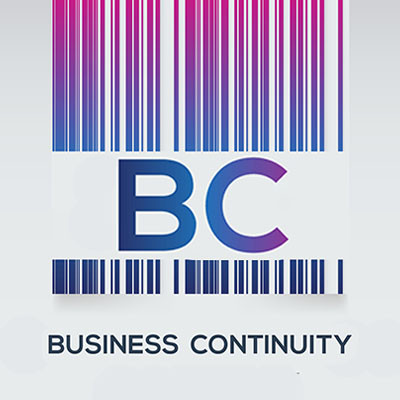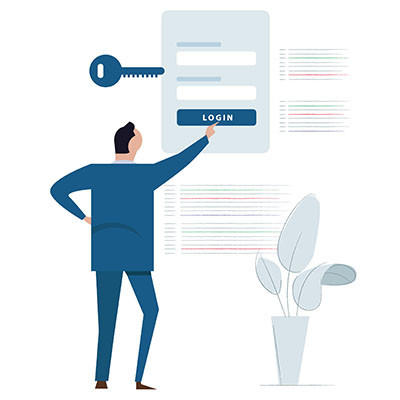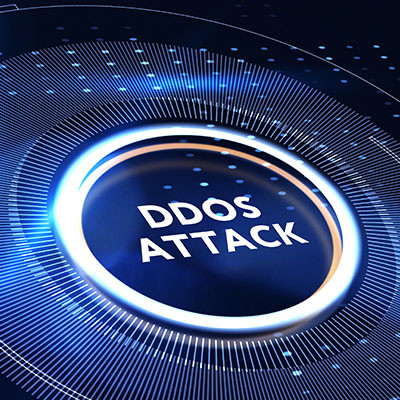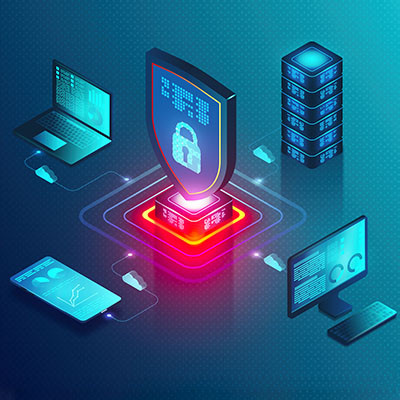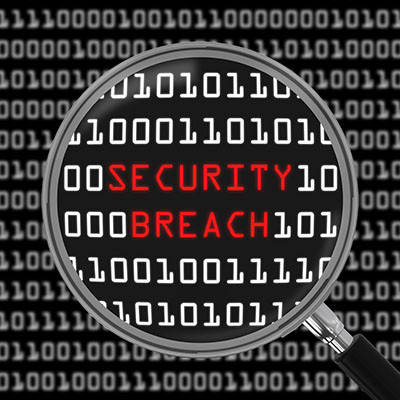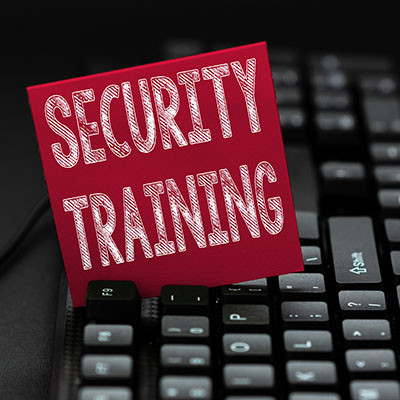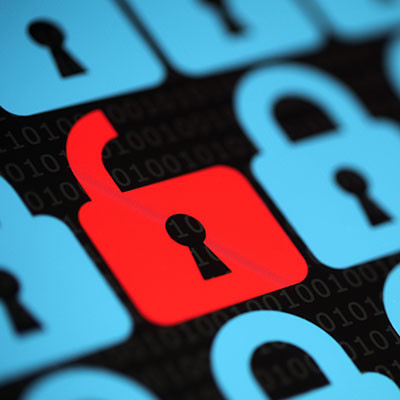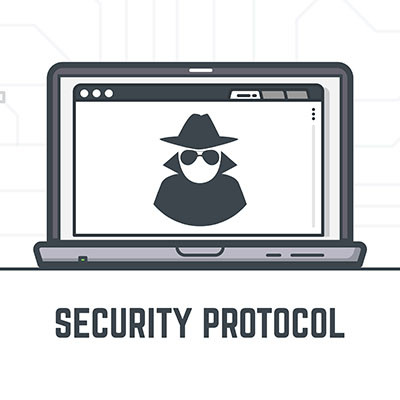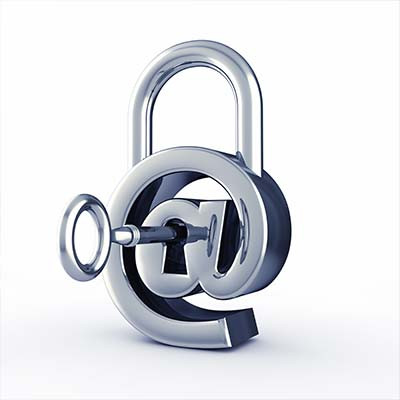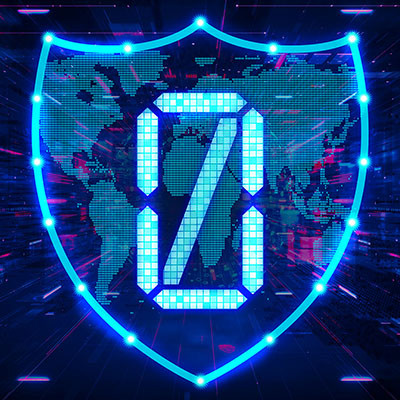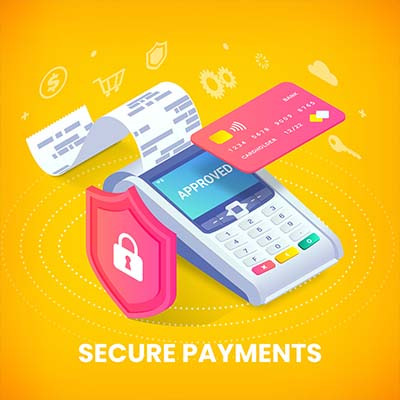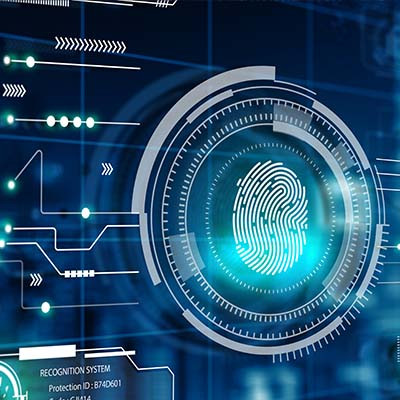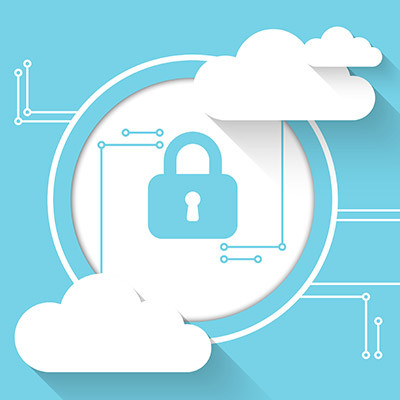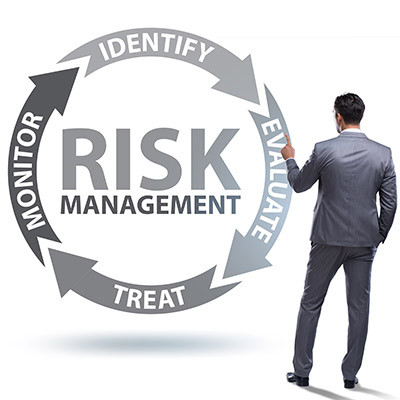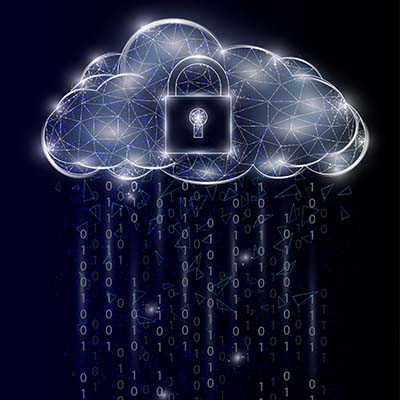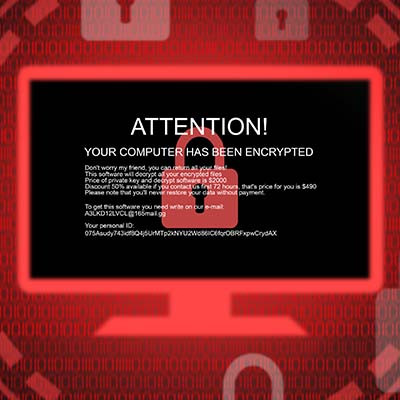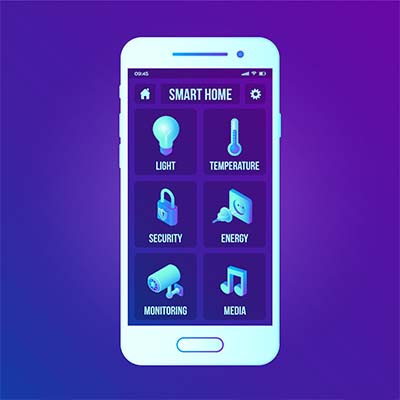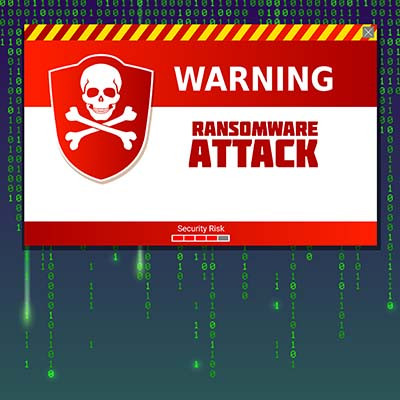Let’s get right to brass tacks. Your business is likely vulnerable to cybersecurity attacks. There are a whole lot of things you should be doing to protect your organization, but this one task is something you can do right now to save your business a lot of stress if something were to take down your network and cause a major disruption.
Have you ever wondered how some platforms will only have you log in once for all of your various needs, even though they might be different applications, websites, or services? This is essentially what single sign-on is, and it’s quite common in the technology world today. What is single sign-on exactly, and what kind of security does it actually provide for organizations that use it?
Businesses today have to deal with more potential problems than in any time in history. They are dealing with cost increases at every turn, personnel shortages, and a regulatory landscape that is always evolving. One of the biggest issues that can have a negative effect on a business is not having the processes and resources in place and working to secure its data and network. Today, we will look at five suggestions that can work to help your business keep its network and data more secure.
Security is an incredibly important part of running a business, but it’s extremely easy for busy employees to fall short of the security expectations you might place on them. This is why it is so important to train your employees on the many facets of cybersecurity. By training them, you are preparing them to tackle the plethora of challenges they will encounter throughout the workday.
How many security solutions does your organization have implemented at any given time? Traditionally, businesses have implemented what we call “point solutions,” which are software tools designed to address a specific part of your security infrastructure. While this approach is certainly better than not having security at all, it presents several problems that must also be addressed in order to most effectively protect your organization.
Your company’s email is one of its most important pieces of technology, and since that is true for nearly every business, it is unfortunately one of the most utilized attack vectors used by cybercriminals. Most businesses don’t understand just how vulnerable they are if their email isn’t properly secured and do their best to keep their employees trained on how to spot potential scams.
With many people continuing to work remotely to some extent, it would be irresponsible not to acknowledge that remote work can introduce a level of risk to an organization’s cybersecurity. This makes it all the more important that this security is locked down. Let’s discuss the concept behind zero-trust security, and why it is becoming the benchmark that organizations of all sizes should meet.
While protecting the credit card data you collect from your customers and clients is obviously important, you likely also have a line of credit for your business’ use that you need to think about as well. Let’s turn our focus to that card for a moment and discuss some tips and best practices to keep this company resource safe.
Passwords have been a primary data security measure since 1960, when MIT researcher Fernando Corbató suggested the practice—although even he is reportedly slow to take full credit. Why? Well, if you ask Corbató (and his contemporaries, who were the first to implement passwords as we’d recognize them today), the security concerns were limited.
So, have we reached the point where it would be best to replace passwords as the default authentication measure?
The cloud is far and away one of the most beneficial technologies that a modern business has at its disposal. Unfortunately, the same can be said for modern cybercriminals. The cloud has given cybercriminals new opportunities that are important to acknowledge—as well, of course, to protect your business against.
Gauging the effectiveness of your cybersecurity can be a bit of a daunting task, especially when asking if it could make a major difference in protecting your organization’s network infrastructure. If you want to track and measure your business’ cybersecurity preparedness, here are four steps to help you perform an evaluation.
More workplaces than ever before are utilizing the power of remote technology, but this also creates problems with security that must be addressed. How can you ensure that your organization isn’t putting itself at risk as a result of this general displacement of your workforce? Let’s discuss some action items you might choose to implement for your business.
Cybersecurity is an important subject for a business’ entire team to appreciate, particularly when it comes to the minute differences between different terms. For instance, a layperson might hear “breach” and automatically think “security incident.” While this technically isn’t incorrect, per se, the two terms aren’t really synonymous.
Let’s take a few moments to dive into the minutiae and define these two terms more clearly.
Look, we are big fans of the cloud, especially for data storage, but you shouldn’t implement the cloud without a solid security strategy. Whether you are using it for your business’ data storage needs or just to take backups of your infrastructure, you’ll still need to keep various facets of security in mind for your cloud storage. It all starts with figuring out how secure your cloud provider really is.
Ransomware is widely regarded as one of the worst modern cyberthreats out there today, and there's plenty of evidence to support this. These attacks and their aftereffects can devastate businesses of all industries. Let's consider why it is that ransomware is so dangerous, and what can be done to fight it.
Smart devices are everywhere, with the Internet of Things (the blanket term for any device that connects to the Internet for added functionality) growing larger each day. While this is great for convenience (and in many cases, the "cool factor") it can have some chilling ramifications for cybersecurity.

